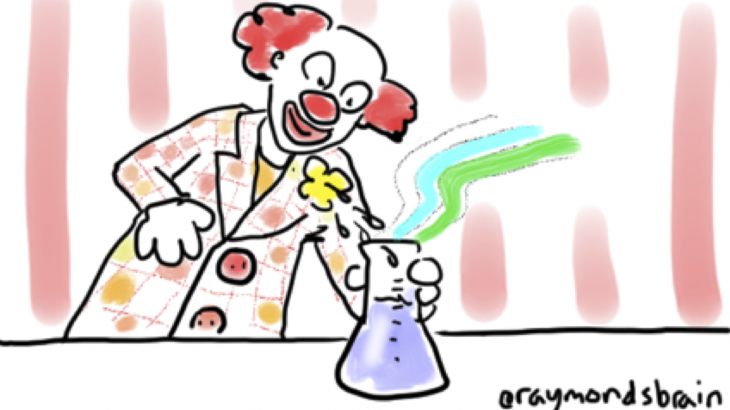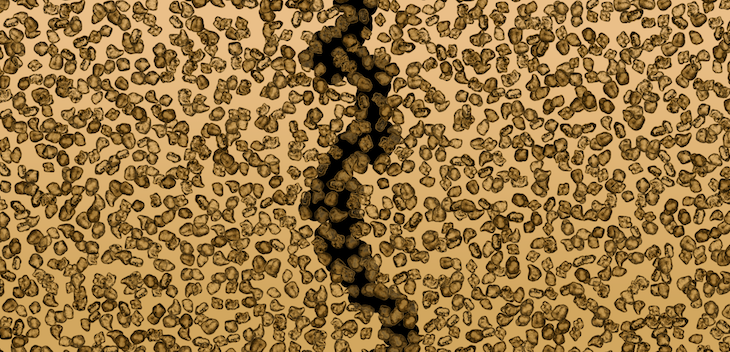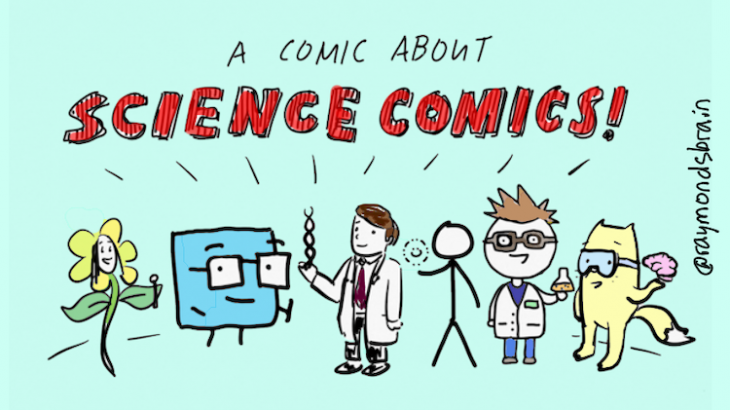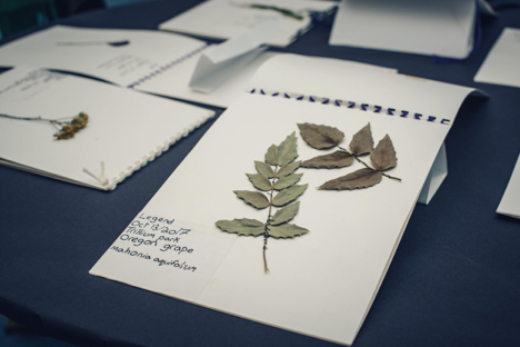
Raymond K. Nakamura, Multimedia editor The most exciting phrase in science is not “Eureka!” but, “That’s funny.” – Isaac Asimov When I contribute a post to a science blog, I usually add a comic, hoping some humour will make the article more attractive and engaging. But I often receive more positive comments about the comics […]







